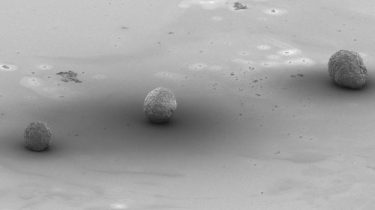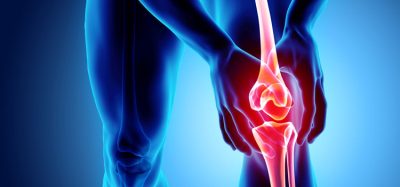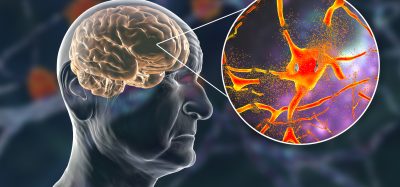3D printing technique differentiates stem cells into heart cells
Posted: 12 August 2020 | Victoria Rees (Drug Target Review) | No comments yet
A new study has shown that 3D printing can be used to control stem cell differentiation into embryoid bodies that replicate heart cells.


Scientists report that they have printed heart cells using additive manufacturing to control stem cell differentiation in embryoid bodies, which are stem cells packed into small cellular aggregates or spheres.
From the Singapore University of Technology and Design (SUTD), the researchers adopted a multidisciplinary approach by combining the research domains of three-dimensional (3D) manufacturing and life sciences.
PhD student Rupambika Das and Assistant Professor Javier Fernandez 3D printed several micro-scaled physical devices with finely tuned geometries. They then used these devices to demonstrate an unprecedented precision in the directed differentiation of stem cells through the formation of embryoid bodies.
In their study, the researchers successfully regulated the parameters for enhancing the production of cardiomyocytes, cells which are found in the heart. These parameters included cell numbers, size and sphericity of the embryoid body.


Artificial embryoid bodies with different characteristics which were made using 3D printing [credit: SUTD].
“The field of additive manufacturing is evolving at an unrivalled pace. We are seeing levels of precision, speed and cost that were inconceivable just a few years ago. What we have demonstrated is that 3D printing has now reached the point of geometrical accuracy where it is able to control the outcome of stem cell differentiation. In doing so, we are propelling regenerative medicine to further advance alongside the accelerated rate of the additive manufacturing industry,” said principal investigator Fernandez.
“The use of 3D printing in biology has been strongly focused on the printing of artificial tissues using cell laden cells, to build artificial organs ‘piece by piece’. Now, we have demonstrated that 3D printing has the potential for it to be used in a bio-inspired approach in which we can control cells to grow in a lab just as they grow in vivo,” added first author Das.
The study was published in Bioprinting.
Related topics
3D printing, Bioprinting, Regenerative Medicine, Stem Cells
Related organisations
Singapore University of Technology and Design (SUTD)
Related people
Assistant Professor Javier Fernandez, Rupambika Das








